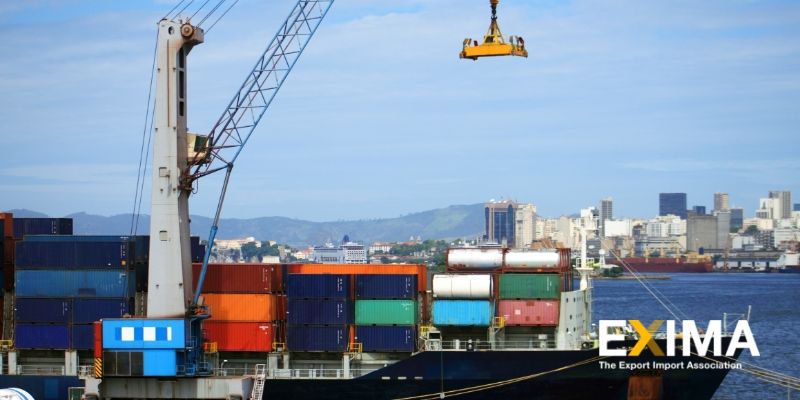BRICS is an informal acronym for a group of nations comprising Brazil, Russia, India, China, and South Africa. Together, the BRICS economies account for over 40 percent of the global population and nearly a quarter of the world's gross domestic product. Interest in the BRICS nations arose in the 2000s, as the world focused on emerging markets and the opportunities they present.
Trade within BRICS Nations
China's trade with BRICS nations grew 14.1 percent in the year's first half to $244 billion. Imports from these nations into China were primarily raw materials. Crude oil, coal, natural gas, and other energy products made up 36.2 percent of imports, while 22.5 percent of imports were agricultural.
According to South African president Cyril Ramaphosa, trade with other BRICS countries was just over $44 billion last year, a rise from $30 billion in 2017. BRICS nations were the destination for 17 percent of South African exports and the source of 29 percent of its imports.
However, South Africa's ruling ANC party is under pressure to improve the economy. It has done well at the macro level, using prudent fiscal and monetary policies and improving international prices for its commodities. But the masses are still frustrated by high unemployment, lack of service delivery, and shrinking incomes.

Since Russia invaded Ukraine, it has been facing restrictive sanctions, hurting its economy. It is thus actively searching to strengthen relationships with allies and set up new trading routes. China and India are some beneficiaries of Russia's search for energy markets. Russia's most significant exports are gas and oil, which it is offering to allies like China and India at huge discounts.
The BRICS Bank
One of the most significant initiatives was the formation of the BRICS Development Bank, which was later formally named the New Development Bank (NDB) in 2013. The NDB is an international financial institution whose members want to rival the western-dominated IMF and World Bank. Since its inception, the bank has lent $32 billion for development and infrastructure projects across four continents. The projects include clean energy, urban mobility, water, sanitation, transport, and social and digital infrastructure. According to the NDB, the projects will assist in building or upgrading 15,700 km of roads, 850 bridges, and 260 km of rail transit networks, avoid 13 million tonnes of carbon dioxide (CO2) emissions per year, and increase drinking water supply capacity by 209,000 m³/day.
Learn More with EXIMA News
EXIMA News is here to provide you with all the latest updates on global news. Take a look at our News Page to learn more about current events!









